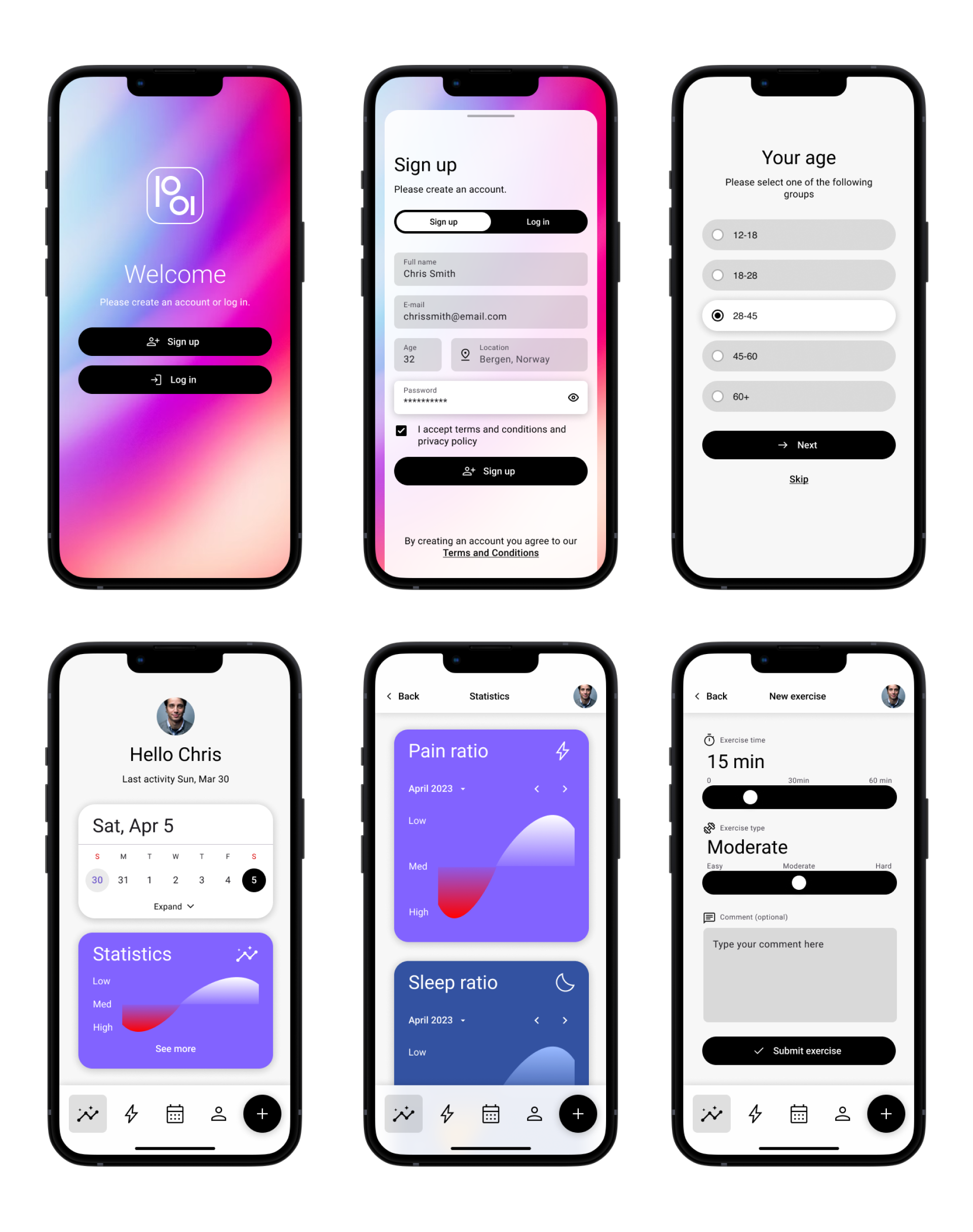Mobile App / Interactive Media
PainAway - An injury-recovery research app
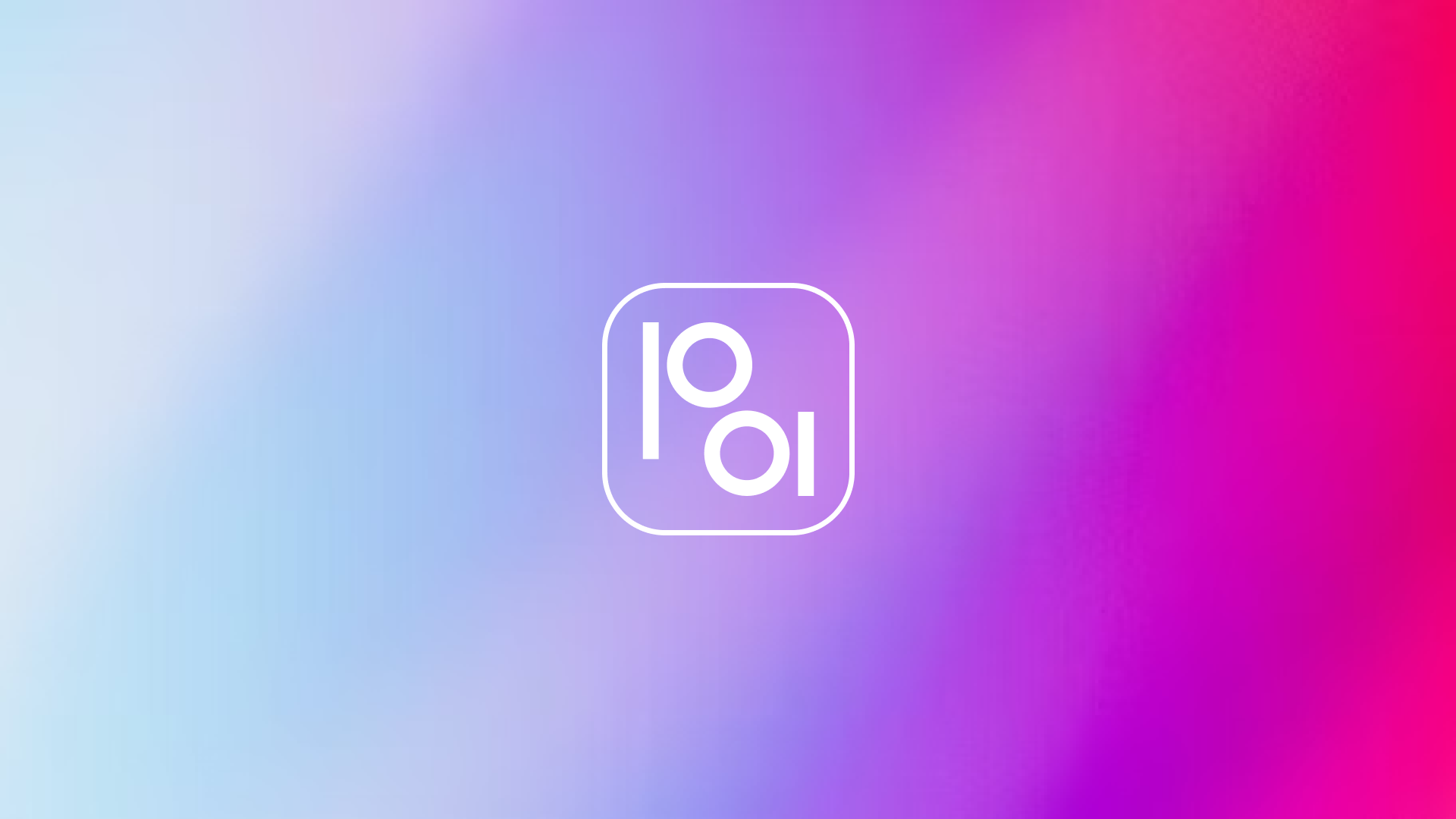
An injury-recovery research app, PainAway, is a digital platform designed to support individuals in their recovery from injury or illness. This app can provide users with a wide range of features and tools to help them manage their recovery process, such as tracking their physical therapy exercises, monitoring their progress, providing educational resources, and connecting them with healthcare professionals.
Role:
UX/UI
Research
Strategy
User testing
Team:
Jovana Solunovic-Mitrovic
Timeline:
April 2023
The app aims towards individuals who have suffered from sports injuries or workplace accidents, as well as those who are recovering from surgeries or chronic illnesses. By using the app, users can take a more proactive approach to their recovery and feel more empowered and in control of their own health.

User scenario
Chris is a 37-year-old swimmer. He usually exercises regularly to keep healthy. He used to compete nationally, but unfortunately; he has recently hurt his shoulder. The injury was painful, and he had to have surgery. Several weeks later, he is still not able to move his shoulder in the full range of motion.
He works at a desk (from home) as a designer during the day, but the pain in his shoulder is affecting his work. He wishes that he could speed up the recovery. However, Chris sometimes forgets to do the exercises his physiotherapist gave him. He gets frustrated and stressed when he thinks about how long it will take him to heal.
Because of his career as a designer, Chris is tech-savvy. He likes to try out new apps and is already using an app to track his daily mood.
Chris wishes an app could help him remember to complete his daily exercises and track his progress. His physiotherapist has said it would take 3 months for his shoulder to heal.

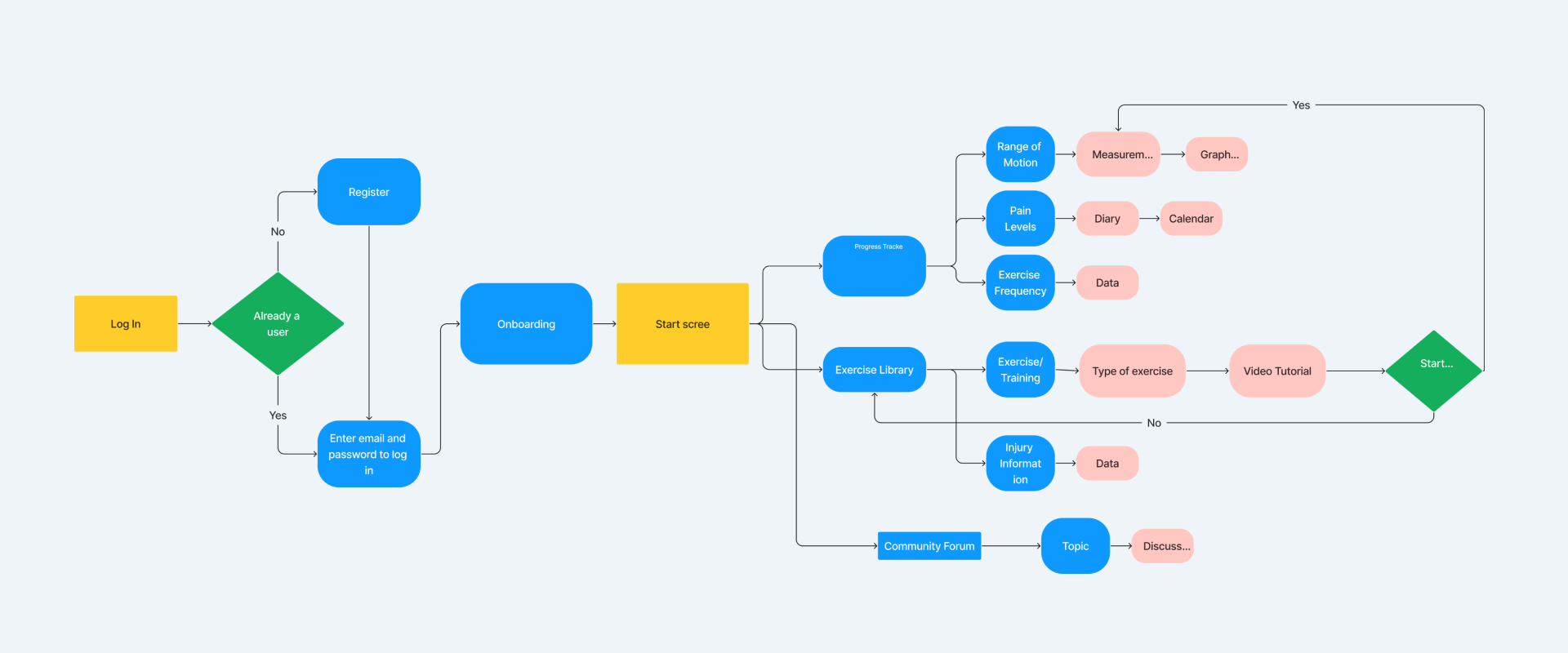
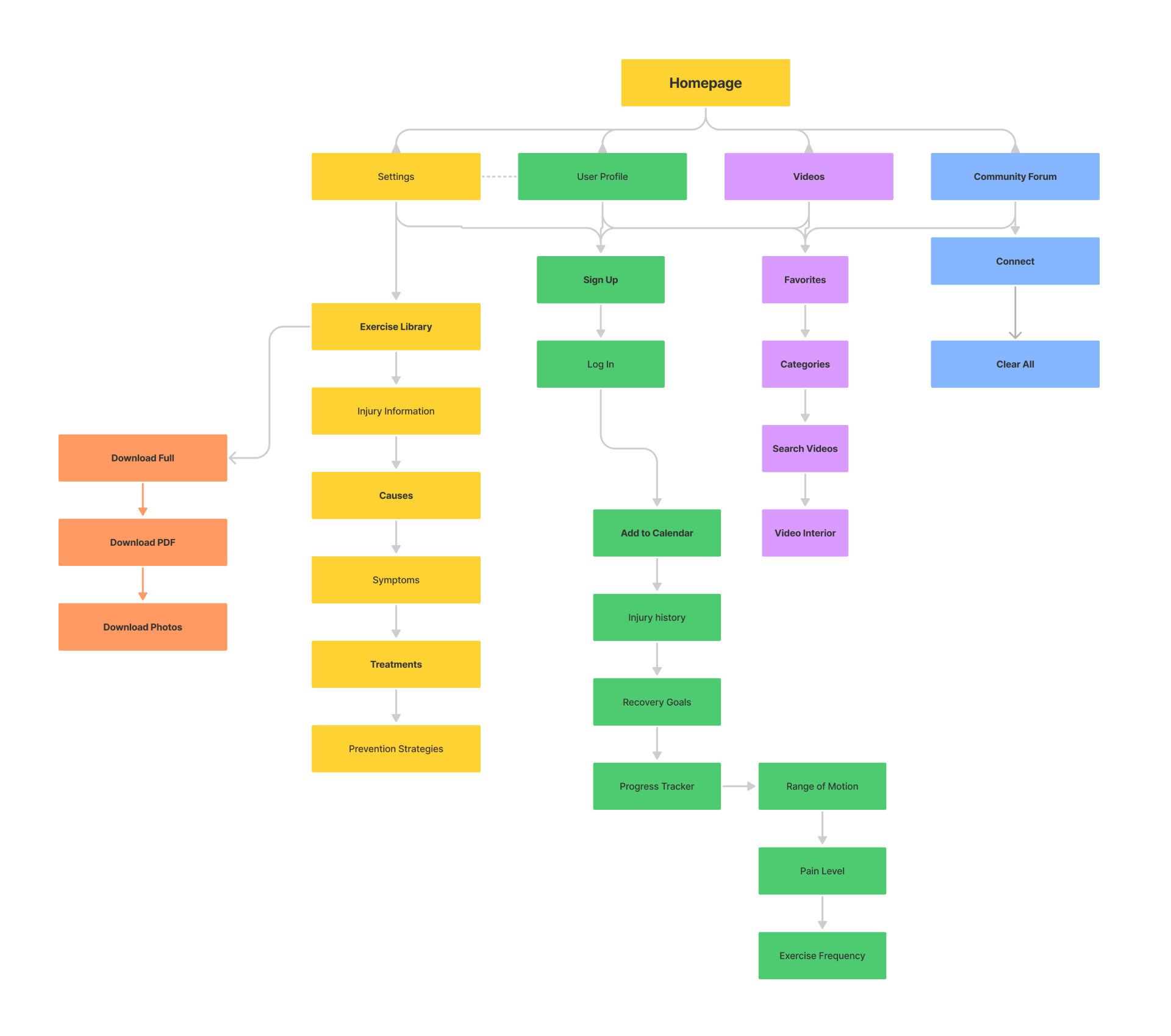
Through a thoughtful information architecture design, the app can make it easy for users to navigate and find the information they need, while also encouraging them to engage with the app's features and tools. A well-designed user flow can help users to achieve their recovery goals, such as tracking progress, accessing exercise recommendations, and connecting with a supportive community of other swimmers and athletes.
Overall, by leveraging technology to provide users with personalised and targeted resources and support, the injury-recovery research app has the potential to make a positive impact on the lives of users, helping them to recover from their injuries and get back to doing what they love.
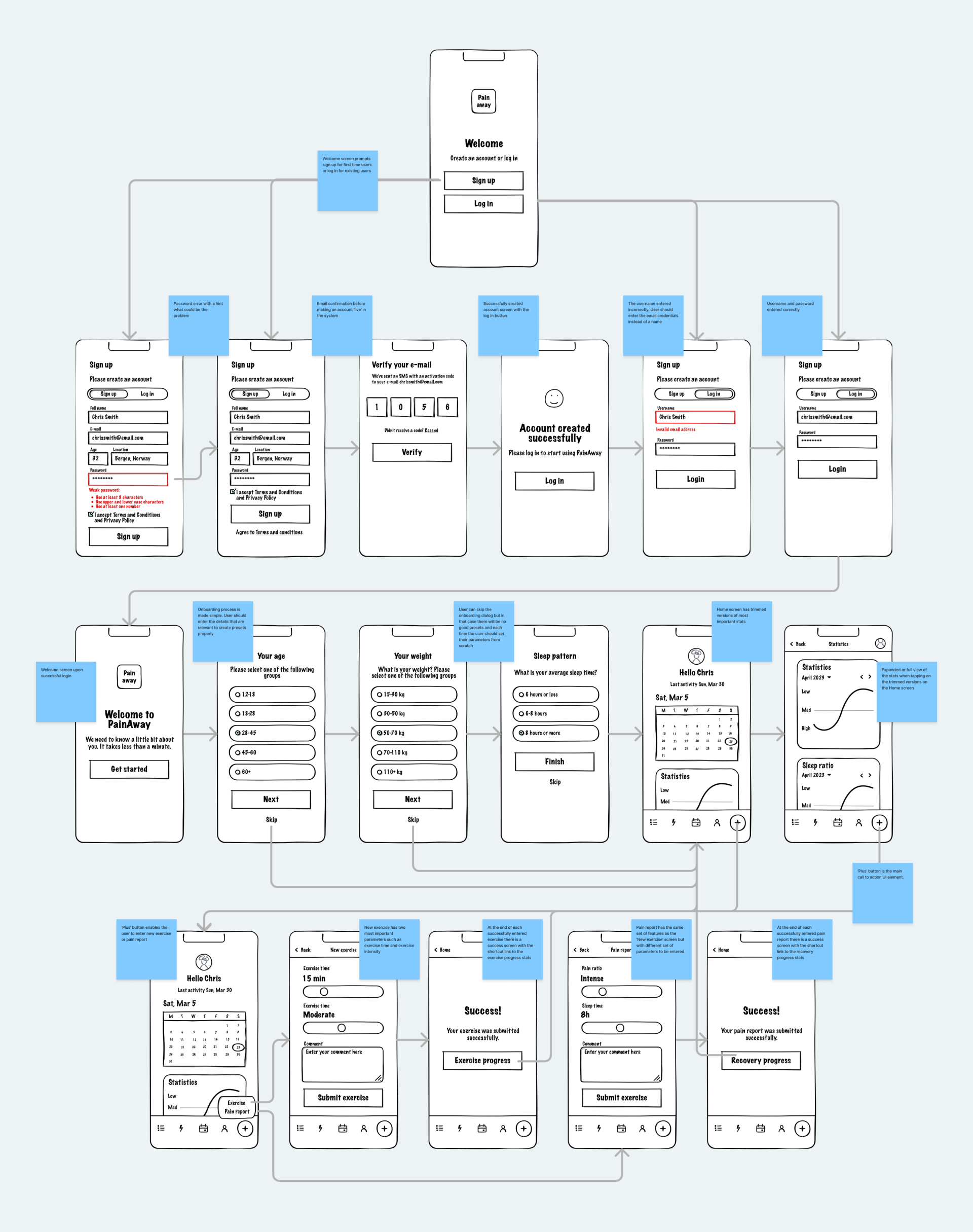
Next steps
Conduct further user research: Gather more feedback and insights from potential users through surveys, interviews, and focus groups to refine the app's design and features.
Create more wireframes and prototypes: Develop wireframes and prototypes of the app's design to test and validate the app's functionality and user experience with potential users.
Hire a development team: Assemble a team of developers and testers to build the app and ensure it is bug-free, secure, and meets the app's functional requirements.
Conduct user testing: Conduct user testing throughout the app's development process to identify and address any usability issues or bugs.
Launch the app: Release the app to the app store and promote it to potential users through targeted marketing and outreach.
Continue to gather feedback: Continue to gather feedback from users and make updates and improvements to the app based on their feedback to ensure the app remains relevant and valuable to the target audience.
The development of an app can be a complex process, and it requires a dedicated team with a variety of skills and expertise. It's important to stay focused on the app's goals and user needs throughout the development process to ensure the final product is effective and valuable.
